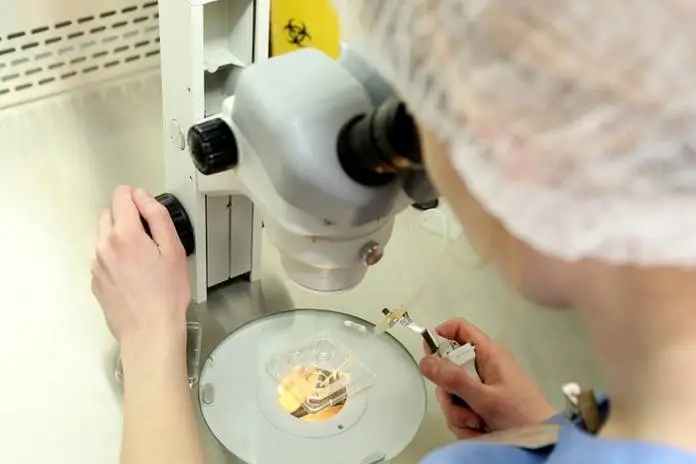
Scientists have just proven that human sperms do not wiggle their tales from side to side as earlier believed; sperms actually roll and spin to move forward. In a new study published in the journal Science Advances, scientists from the University of Bristol in the UK and the Universidad Nacional Autonoma de Mexico found that sperms do not lash their tails from side to side like a snake to propel forward, but they roll like playful otters in water to reach ova to be fertilized.
The idea that sperms wiggle was produced by Antoine van Leeuwenhoek in 1678. The Dutchman invented the compound microscope and discovered the existence of bacteria with it. He later subjected his ejaculate to the microscope and found moving creatures with tails moving from side to side like “a snake or an eel swimming in water”.
According to him, the flagellum of a sperm “lashes with a snakelike movement”. But the new study has shown that “optical illusion” made the world believe and teach a lie for 342 years. Head of the Polymaths Laboratory at the department of engineering mathematics at the University of Bristol, Hermes Gadelha, and his team used a combination of mathematics and modern 3D microscopy to find that sperms swim forward in a perpetual circle.
“Sperm are very cheeky little creatures. Our new research using 3D microscopy shows that we have all been victims of a sperm deception,” Gadelha said. “Human sperm figured out if they roll as they swim, much like playful otters corkscrewing through water, their one-sided stroke would average itself out, and they would swim forwards.”
Gadelha and colleagues Gabriel Corkidi and Alberto Darszon of the Universidad Nacional Autonoma de Mexico saw this clearly when they applied a super-high-speed camera that records more than 55,000 frames per second to their 3D microscopy to analyze the movement of sperms. They found that the side to side movement earlier seen by Leeuwenhoek was actually produced by an optical illusion due to the equipment he used.
With the ability to maintain its rotational movement, a sperm can achieve symmetry and move in a straight direction to its target. This movement will actually influence the fertility potential of the sperm based on its health and motility. However, Gadelha calls for more research into the actual movement pattern of the human sperm and how this could determine fertility.
Source: cnn.com











